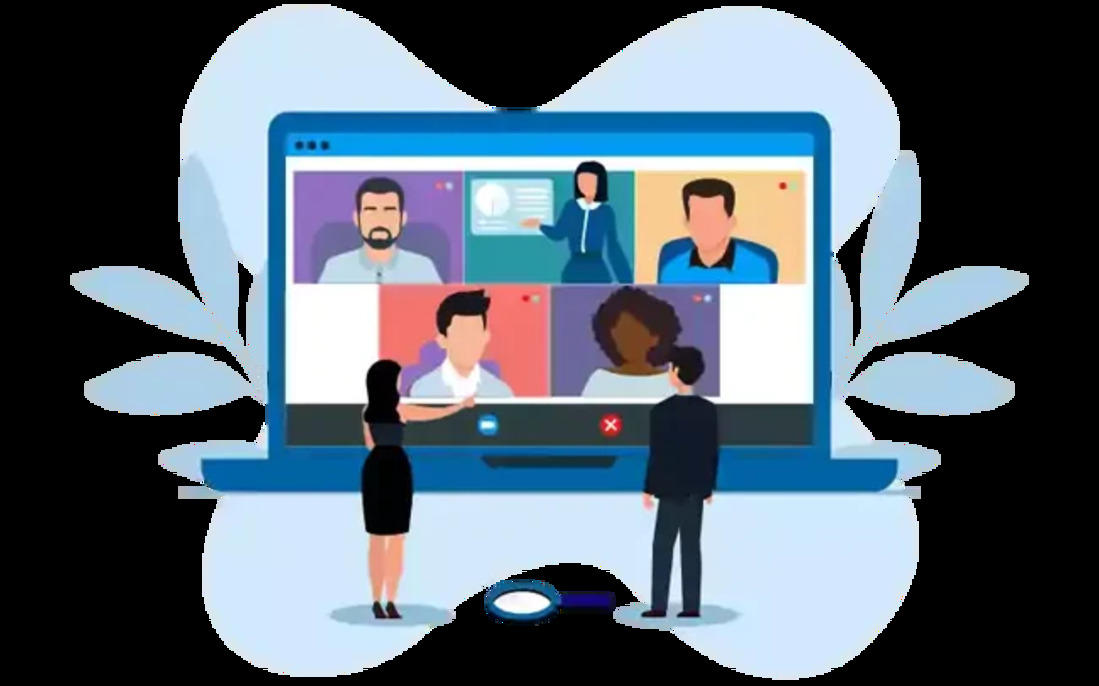In an era where audiences are bombarded with online events, the success of your webinar hinges on one factor: relevance. The more specific and targeted your approach, the higher your chances of attracting an engaged audience that’s ready to act. That’s where niche webinars come in. Instead of casting a wide net and hoping for a few bites, you focus on a well-defined group with distinct needs — delivering unmatched value that larger, more generic events can’t match. Here’s how to do it in three powerful steps.
Step 1: Identify the Micro-Audience
The first step to crafting a niche webinar is to move beyond broad demographics and into the realm of micro-audiences. While “remote workers” might seem like a focused audience, it’s actually too broad to ensure deep engagement. Instead, dig into psychographics, behaviors, and specific challenges.
Ask questions like:
- What industry or sub-sector are they in?
- What kind of projects or clients do they typically work with?
- What unique challenges or opportunities do they face?
- How do they consume information and learn new skills?
For example, “freelance graphic designers working with SaaS startups” is far more specific than just “graphic designers.” This micro-audience shares common pain points, work environments, and growth aspirations. By narrowing your focus, you can tailor every aspect of your webinar — content, examples, and case studies — to resonate with them directly.
Step 2: Pinpoint Their Urgent Need
Once you’ve zeroed in on your micro-audience, the next step is identifying a pressing, timely challenge they’re facing. Urgency is a powerful motivator; if your audience feels that they must know this information now, they’re far more likely to sign up and stay engaged.
Look for:
- Emerging industry trends
- Regulatory or market shifts
- New tools or technologies they need to master
- Problems that are costing them money, time, or opportunities
For instance, instead of a general “sustainable fashion” webinar, you might create “Sustainable Fabric Trends for Small Fashion Labels in 2025.” This topic isn’t just relevant — it’s timely, tied to an evolving market, and actionable. For your chosen micro-audience, it directly addresses a challenge that can impact their competitiveness and brand positioning.
Pro tip: Combine urgency with exclusivity. Position your webinar as an opportunity to get ahead of competitors or be among the first to apply a breakthrough approach.
Step 3: Design with Depth, Not Breadth
Broad webinars skim the surface of topics to appeal to as many people as possible. Niche webinars, on the other hand, thrive on depth. Because your audience is highly specific, you can explore advanced, nuanced, and highly detailed insights without worrying about alienating outsiders.
Here’s how to design for depth:
- Include real-world case studies relevant to your niche.
- Provide step-by-step demonstrations rather than high-level overviews.
- Address both the “what” and the “how” of solutions.
- Use terminology and references that your audience understands - this reinforces your authority and their trust.
For example, if you're targeting freelance graphic designers for SaaS startups , you might cover:
- The latest SaaS UI/UX trends shaping 2025
- Pricing strategies tailored for startup budgets
- How to integrate AI-assisted design tools without losing creative control
By doing this, you're not just informing — you're empowering your audience with knowledge they can immediately put into practice. The perceived value skyrockets because the insights feel tailor-made for them.
The Competitive Advantage of Niche Webinars
Niche webinars may attract fewer registrants than broad ones, but their conversion potential is significantly higher. The people who show up are there because the topic matters to them on a personal or professional level. This concentrated interest often leads to:
- More engaged discussions during Q&A
- Higher attendance-to-registration ratios
- Better post-event follow-through, whether that's a purchase, subscription, or partnership
Moreover, niche webinars help establish you as the go-to expert for that specific segment. Over time, this positioning can become a key driver of trust, referrals, and long-term brand loyalty.
Bottom Line:
In today's oversaturated webinar landscape, the path to winning isn't to be louder — it's to be sharper. Identify your micro-audience, pinpoint an urgent need, and deliver deep, relevant insights. Your audience will thank you with their attention, trust, and action.
Read More: https://intentamplify.com
